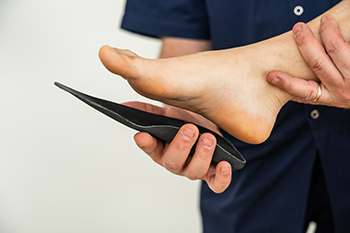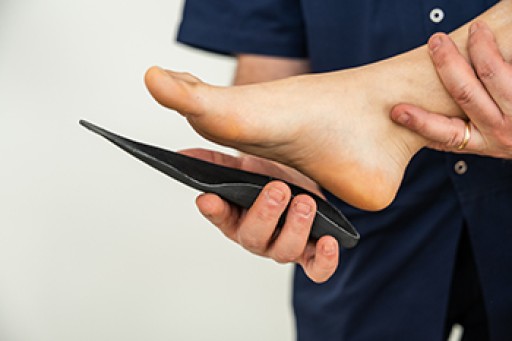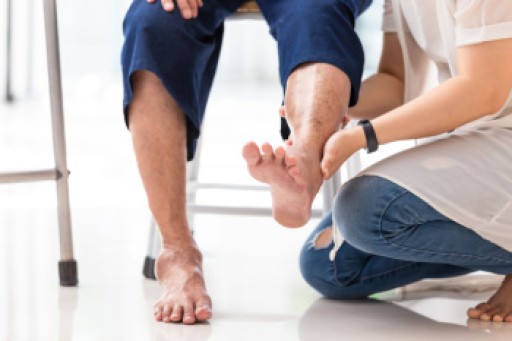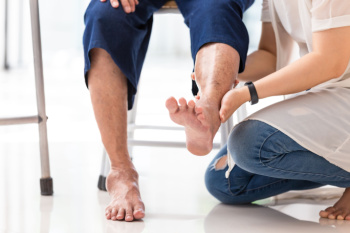
Plantar fasciitis is a common cause of heel pain, and both orthotics and non-surgical treatments can offer relief. Orthotics, custom-designed shoe inserts, provide structured support for the foot, helping to distribute pressure evenly and reduce strain on the plantar fascia. This targeted approach can alleviate pain and prevent further injury by correcting biomechanical imbalances. Other non-surgical treatments, such as stretching exercises and anti-inflammatory medications, aim to reduce inflammation, improve flexibility, and enhance overall foot function. While orthotics offer immediate support, other non-surgical treatments often require more time and consistency to yield results. If you have plantar fasciitis, it is suggested that you are under the care of a podiatrist who can explain the benefits of custom-made orthotics.
If you are experiencing discomfort in your feet and would like to try custom orthotics, contact one of our podiatrists from Biebel & DeCotiis Podiatry Associates. Our doctors can provide the care you need to keep you pain-free and on your feet.
What Are Custom Orthotics?
Custom orthotics are inserts you can place into your shoes to help with a variety of foot problems such as flat feet or foot pain. Orthotics provide relief and comfort for minor foot and heel pain.
Over-the-Counter Inserts
Shoe inserts come in a wide variety and are used to treat foot pain, heel pain, and minor problems. For example, arch supports can be inserted into your shoes to help correct overarched or flat feet, while gel insoles are often used because they provide comfort and relief from foot and heel pain by alleviating pressure.
Prescription Orthotics
If over-the-counter inserts don’t work for you or if you have a more severe foot concern, it is possible to have your podiatrist prescribe custom orthotics. These high-quality, custom inserts are designed to treat problems such as abnormal motion, plantar fasciitis, and severe forms of heel pain. They can even be used to help patients suffering from diabetes by treating foot ulcers and painful calluses and are usually molded to your feet individually, which allows them to provide full support and comfort.
If you're experiencing minor to severe foot or heel pain, it’s recommended to speak with your podiatrist about the possibility of using custom orthotics or shoe inserts. A podiatrist can determine which type of custom orthotic or shoe insert is right for you and help you take the first steps toward being pain-free.
If you have any questions please contact one of our offices located in Holmdel and Middletown, NJ . We offer the newest diagnostic and treatment technologies for all your foot and ankle needs.












